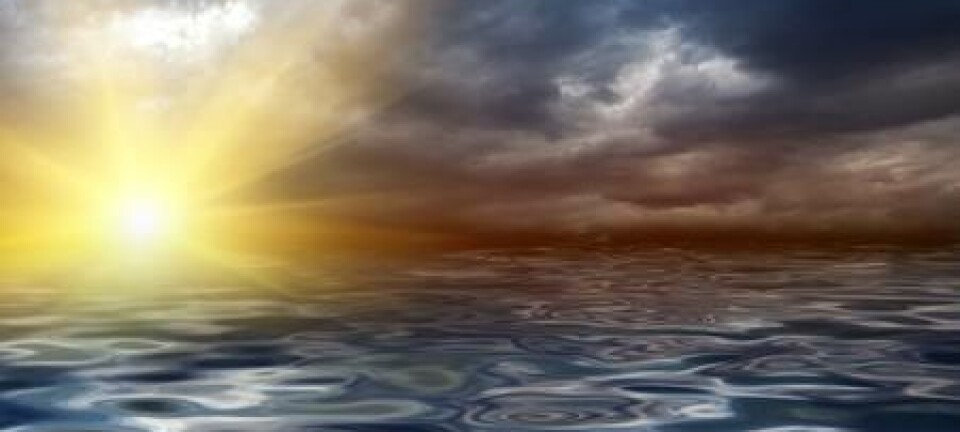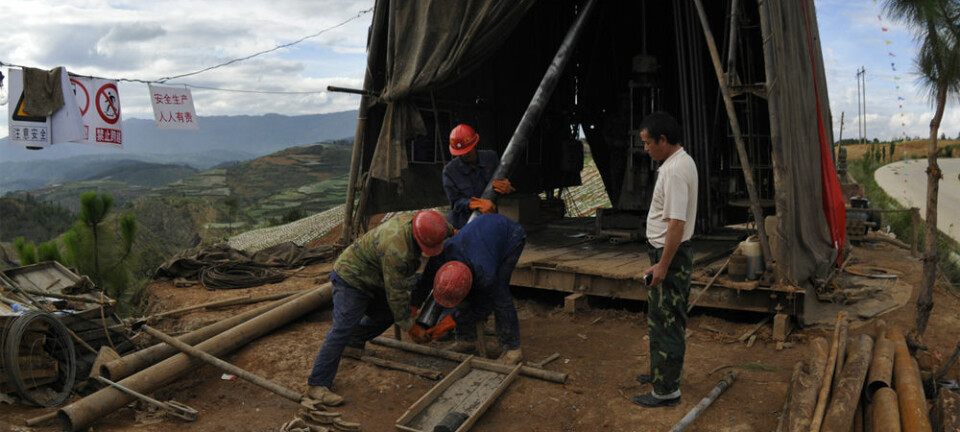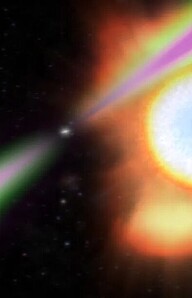
Origins of animal life remain a mystery
For 520 million years, a goldmine of fossils has remained untouched beneath northern Greenland, hiding secrets about the development of animal life on our planet. A new expedition to the area may reveal these secrets.
Seven men and a woman set out on a large-scale expedition to the Sirius Pass in northern Greenland in July.
The area is one of the most inhospitable and rugged places on Earth, with snowstorms in the middle of the summer, while the fjords are permanently covered in ice.
So when the researchers chose to pitch their camp here for three weeks it was because Greenland conceals a unique goldmine of fossils that can give us new knowledge about the origin and the earliest development of animal life.
”This area is simply unique because it contains perhaps the oldest fauna on Earth – where even molluscs have been preserved and are, to a large extent, complete,” says Emma Hammarlund, a PhD student in geochemistry at the Nordic Center for Earth Evolution (NordCEE) at the University of Southern Denmark.
Shed light on origins of animal life

In addition to Hammarlund, the group comprised palaeontologists from the Natural History Museum of Denmark – all searching for new samples that may bring them a little closer to answering important questions about the development of animal life: what did animal life look like 520 million years ago, and what was it that caused the explosion from single-cell bacteria to a herd of multiple-celled animals with arms, legs and eyes?
Life emerged suddenly
The jump from simple bacteria to animals is known as ‘the Cambrian explosion’, a period that researchers still know little about. But they do know that something which significantly changed the world started some 543 million years ago.
”The Earth is 4.5 billion years old,” says Hammarlund. “Single-cell organisms and bacteria existed during the first period of almost four billion years, but then it seems that – bang! – all of a sudden multiple-cell animals started to emerge and all the species of animals that we know today were in existence pretty soon after that.”.
Dispute about the cause
Researchers have so far failed to come to an agreement about the cause of this sudden development.
This area is simply unique because it contains perhaps the oldest fauna on Earth – where even molluscs have been preserved and, to a large extent, are complete.
Some believe it was due to a chemical reaction that started an increase in oxygen on Earth, which suddenly made animal life possible.
Others believe there must have been a biological trigger that started the development – for example that some animals suddenly started eating others, says Hammarlund.
Personally, she believes it's due to a combination of factors. She will examine this hypothesis by seeing how the ocean chemistry has developed over time, which means that she must piece together all the knowledge that the new samples can give her.
”It’s a bit like being a detective. For instance, I have some small clues, such as iron. I know that iron behaves in a certain way, depending on how much oxygen there is. But we need a lot of different indicators that must be pieced together like a jigsaw puzzle because they prove very little on their own.”
Old school excavations
Digging for fossils and taking samples of the seabed around them is a laborious task.
Getting to the source means first having to remove a layer of gravel. This is done using hammers and shovels – and it must be done cautiously because stones and gravel are constantly falling down when you’re digging yourself down into the soil, she explains.
In addition, the Sirius Pass is the world’s largest national park – so the researchers had to be very careful not to leave any traces after them.
”Everything is done the old-fashioned way,” she says. “You dig and measure, collect and make notes. It’s tempting to keep taking geochemical samples because a couple of centimetres of rock can equal a thousand years – or ten thousand years! But you must control yourself, of course.”
Organisation is key
The team ended up taking samples at least every ten centimetres. This gave a total of 200 samples that they have stored in separate plastic bags labelled with the depth and the seabed type they found them in.
“It’s necessary to do it this way, otherwise everything can get mixed up. And it’s impossible to go back to take new samples again if you discover you’re missing something when you return home.”
Expeditions to northern Greenland are rare
Expeditions to the Sirius Pass are rare, although the researchers know that the area is a potential source of the key to understanding our own early development.
This is because the journey is both difficult and expensive, so it is a matter of using the time available as effectively as they can.
The eight researchers collected more than a ton of samples, and they are now waiting for the samples to arrive in Copenhagen, so they can study them more closely.
The samples include fossils of fish, arthropods, molluscs, worms and mussels – along with previously unknown animal species.
“The fossils themselves go straight to the Natural History Museum in Copenhagen," says Hammarlund. "As a geochemist, my main interest lies in taking samples of the material that the fossils are embedded in. I don’t need very much – a couple of grams is enough for studying them under the microscope.”
Analysing samples takes time
Hammarlund will be busy when she receives her samples. She must cut and grind the stones in order to analyse every small piece.
”It takes a long time to deal with all the different elements. First I have to boil the stones and extract the sulphur. Once that’s done, I can start analysing the iron, carbon and the various isotopes. Finally I’m left with a mass of data that hopefully can give a picture of how the ocean chemistry developed over time.”
Read the article in Danish at videnskab.dk
Translated by: Michael de Laine







